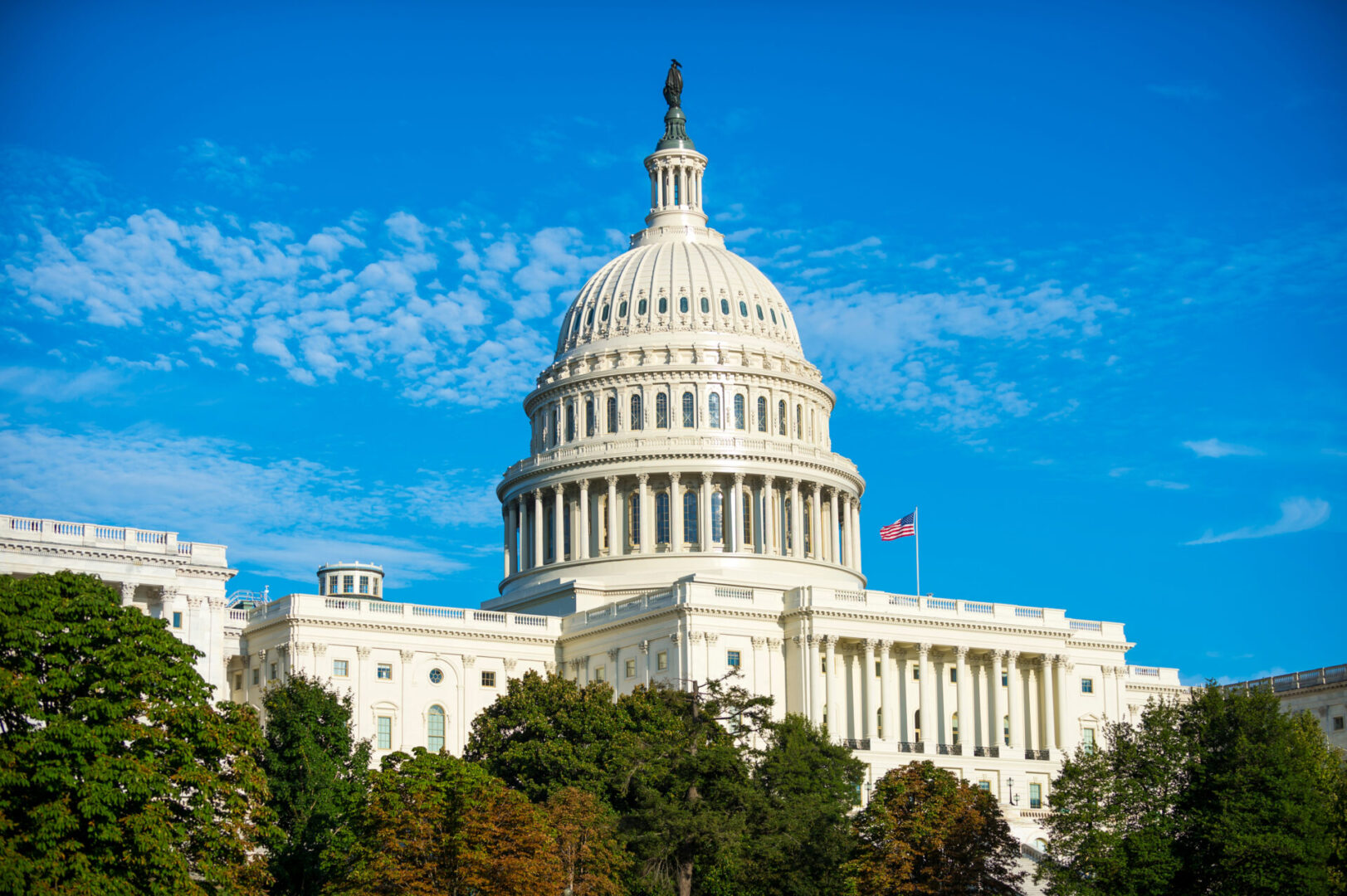By Jamie Venable
Last updated on July 17, 2025
In addition to compliance assistance with the new Food & Drug Administration (FDA) Modernization of Cosmetics Regulation Act (MoCRA) of 2022, SRC offers compliance support for cosmetic ingredient disclosure and reporting requirements for the California Safe Cosmetics Act of 2005 (CSCA) (and the Cosmetic Fragrance and Flavor Ingredient Right to Know Act of 2020 (CFFIRKA) (Senate Bill No. 312). Both bills carry reporting and disclosure requirements for cosmetics containing certain intentionally added ingredients.
In this article, SRC Senior Consultant Jamie Venable, provides a reminder of the requirements for cosmetic products under both Acts in California.
California Safe Cosmetics Act of 2005 (CSCA) SB-484
Effective January 1, 2007, The California Safe Cosmetics Act of 2005 (CSCA) requires manufacturers of cosmetic products to report (to the California Department of Public Health) all products containing the presence of any ingredient identified as a chemical causing cancer or reproductive toxicity, regardless of its concentration within the product formulation (including fragrances, flavors, and trade secrets*). For purposes of the Act, a chemical identified as causing cancer or reproductive toxicity is any of the following:
- A carcinogen or reproductive or developmental toxicant listed on the Office of Environmental Health Hazard Assessment’s (OEHHA)
- A Group A, Group B1, Group B2, known, or likely carcinogen designated by the U.S. Environmental Protection Agency (EPA)
- A known or reasonably anticipated human carcinogen in the National Toxicology Program’s (NTP) Report on Carcinogens
- A Group 1, Group 2A, or Group 2B carcinogen designated by the
- A substance identified in a report by the National Toxicology Program’s (NTP) Center for Evaluation of Risks to Human Reproduction as having some or clear evidence of adverse developmental or reproductive toxicity effects
Incidental ingredients such as processing aids removed from the cosmetic prior to being packaged in its finished form or substances that have no technical or functional effect are excluded from the definition of an ingredient. The California Safe Cosmetics Program (CSCP) has consolidated all reportable ingredients for cosmetics into the CSCP Reportable Ingredients List. This list is updated twice a year and cosmetics manufacturers are responsible for reviewing the updated list and updating their disclosure within 6 months of the new list being published.
Manufacturers must report all required information through the California Safe Cosmetics Program online portal. Small businesses with less than $1 million of annual aggregate sales of cosmetic products are exempt from this reporting requirement.
*Information related to trade secrets are not exempt from reporting but will not be made available to the public by the California Department of Health. If a trade secret is being declared, the manufacturer must provide written documentation from U.S. FDA granting trade secret status, along with proof the ingredient meets the definition of a trade secret under the California Uniformed Trade Secrets Act.
Cosmetic Fragrance and Flavor Ingredient Right to Know Act of 2020 (CFFIRKA) SB-312
Effective January 1, 2022, the Cosmetic Fragrance and Flavor Ingredient Right to Know Act of 2020 (CFFIRKA) mandates any manufacturer of a cosmetic to disclose the following information to the California Department of Public Health:
- A list of each intentionally added fragrance ingredient or flavor ingredient (including the CAS number) on a designated list
- No minimum threshold for concentration in a product
- A list of each intentionally added fragrance allergen included in Annex III of the EU Cosmetics Regulation No. 1223/2009, when present at:
- 0.01% (100 ppm) in rinse-off cosmetic products
- 0.001% (10 ppm) in leave-on cosmetic products
- A statement indicating whether the cosmetic product is for professional use or retail use.
- The product’s Universal Product Code (UPC)
The CSCP Reportable Ingredients List is a consolidated list created and maintained by the California Department of Public Health, that includes fragrance ingredients, flavor ingredients, and fragrance allergens included on any of the designated lists referenced in the Act. Within this list, fragrance allergens are indicated by the letters “FA”. This list is updated twice a year and cosmetics manufacturers are responsible for reviewing the updated list and updating their disclosure within 6 months of the new list being published.
This reporting requirement applies only to intentionally added ingredients, as the Act defines a flavor ingredient and fragrance ingredient as follows:
- “Flavor ingredient” means any intentionally added substance or complex mixture of aroma chemicals, flavor chemicals, natural essential oils, and other functional ingredient or ingredients for which the purpose is to impart a flavor or taste, or to counteract a flavor or taste.
- “Fragrance ingredient” means any intentionally added substance or complex mixture of aroma chemicals, natural essential oils, and other functional ingredient or ingredients for which the purpose is to impart an odor or scent, or to counteract an odor.
CFFIRKA requires all fragrance ingredients and flavor ingredients (intentionally added) on a designated list (including Proposition 65) to be disclosed for cosmetic products. Safe harbor levels are not referenced in the Act, and thresholds are not established for reportable fragrance ingredients or flavor ingredients (although thresholds are established for fragrance allergens).
Information must be reported through the California Safe Cosmetics Program online portal. While the initial reporting deadline was January 1, 2022 for existing products, a new report must be submitted within 6 months from the date any update to the Reportable Ingredients List would trigger a new or revised report. The requirement also applies to new cosmetics sold in California.
As these laws carry ongoing monitoring requirements, SRC recommends cosmetics manufacturers subscribe to the CSCP mailing list to receive updates when an update to the list is published.
Please contact your SRC consultant for assistance with California cosmetic ingredient reporting. If you have interest in becoming a client, follow this link to schedule an introductory call with our team.





